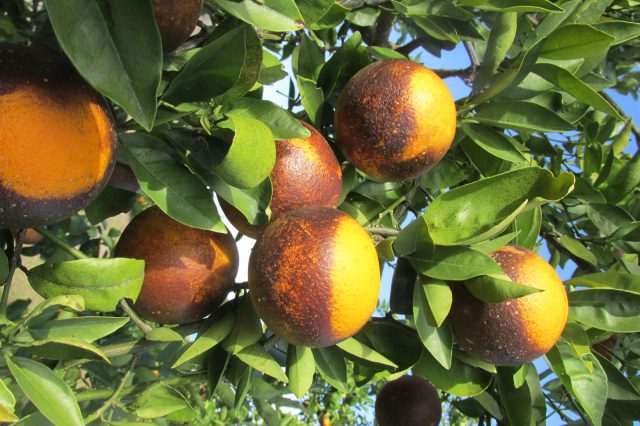
by Xavier Martini | Jan 5, 2018
Xavier Martini, Pete Andersen, UF/IFAS North Florida Research and Education Center In May 2017, Asian citrus psyllids (Diaphorina citri) were found in the experimental citrus grove at the Suwannee Valley Extension Center in Live Oak. The trees were quickly treated...
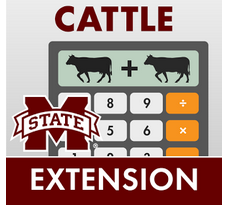
by Doug Mayo | Jan 5, 2018
If you’re like me, you were really excited when you got your first smart phone or tablet because of all of the cool applications (apps) that were available to quickly guide you to useful information. Once you had selected your favorite weather, radar, sports...
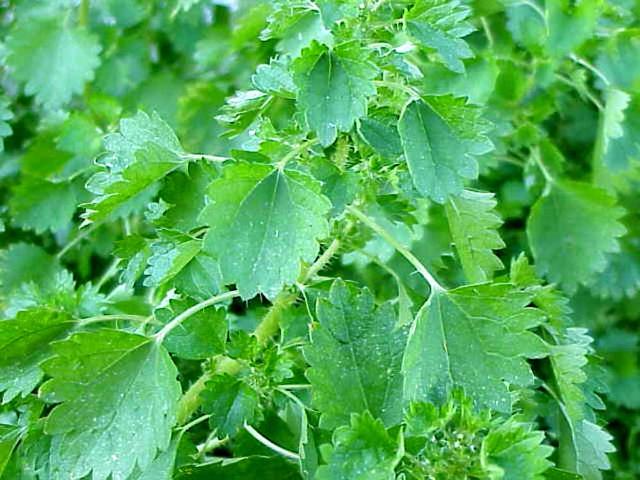
by Kalyn Waters | Jan 5, 2018
Currently, across the Panhandle of Florida and the Southeast, Fireweed is popping up around structures, fence lines and other areas where bare dirt is present. Fireweed is well known for its stinging hairs that are easily embedded in the skin. These hairs carry toxins...
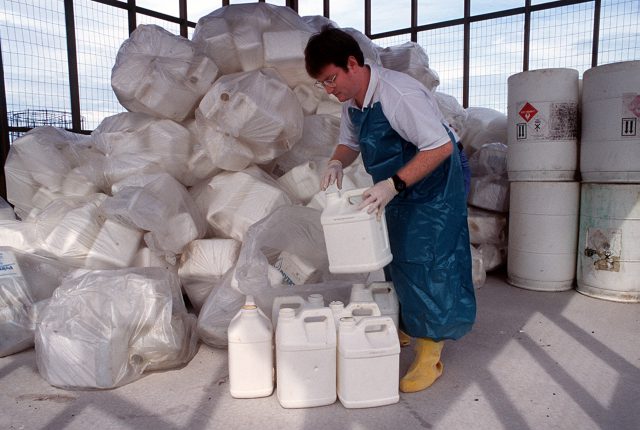
by Doug Mayo | Dec 15, 2017
The challenges of waste disposal is an area of growing concern in the US, particularly among farmers. The University of Florida is conducting survey research to explore how Florida farmers handle their waste and garbage. The statewide survey will track chemical...
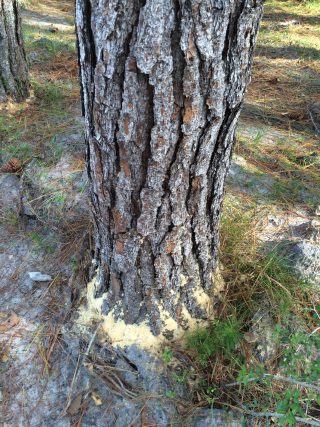
by Ray Bodrey | Dec 1, 2017
Questions come into the Extension Office from time to time about why sawdust is accumulating around remaining trees on recently cleared or developed tracks of forested land. The sawdust is more than likely a sign that ambrosia beetles are on the offensive. The...
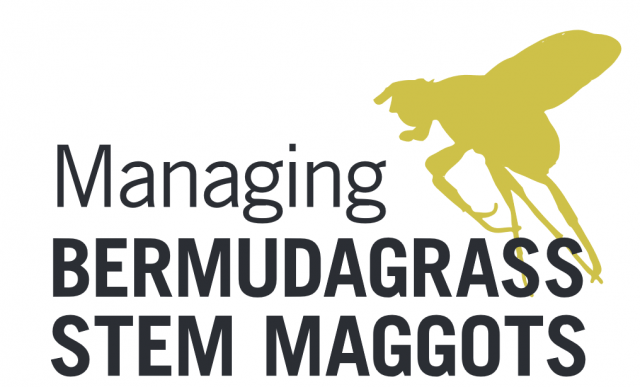
by Doug Mayo | Dec 1, 2017
Dennis Hancock, UGA State Forage Extension Specialist Have you noticed bronzing on your bermudagrass? It may appear as drought or frost-damaged fields, but it could also be the bermudagrass stem maggot. Since the first appearance in Georgia in 2010, producers have...







